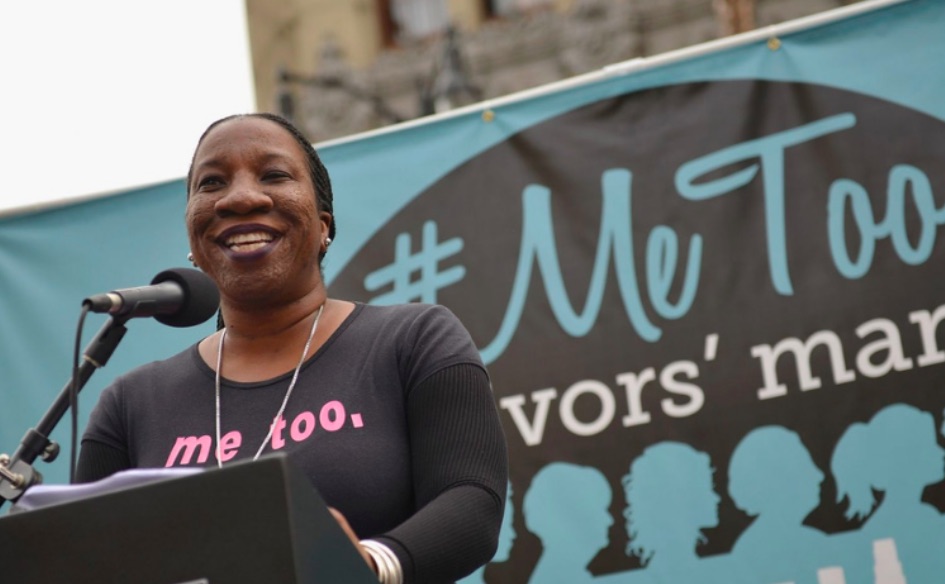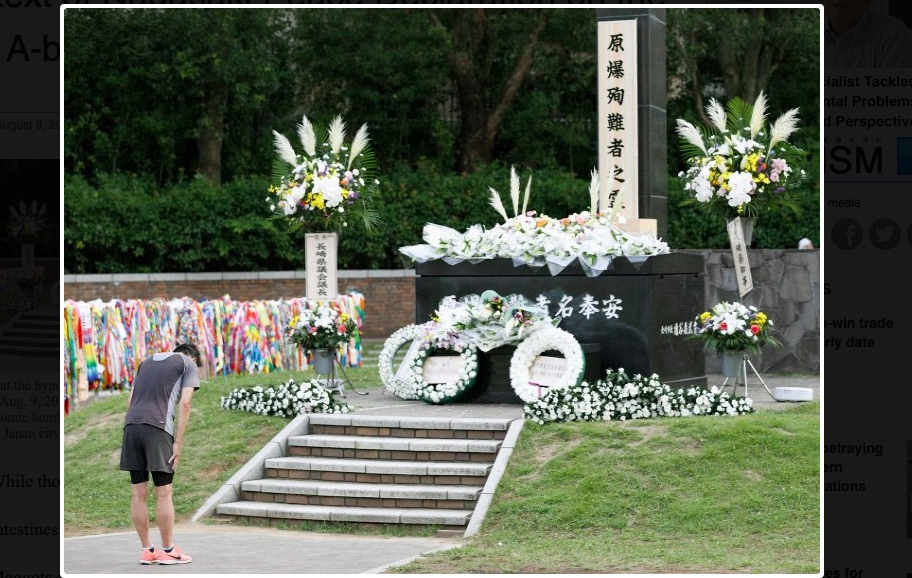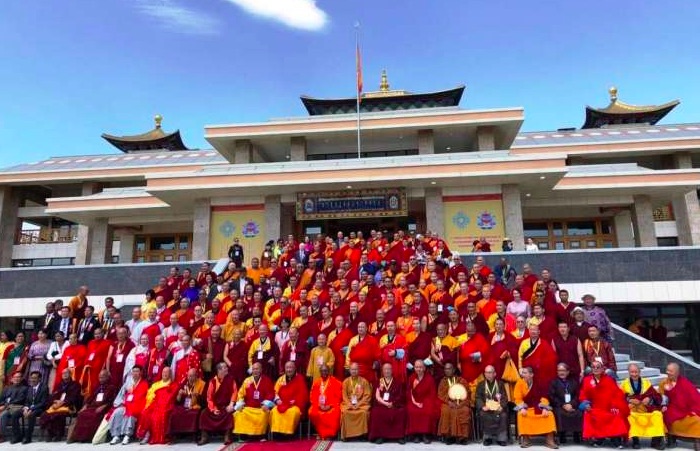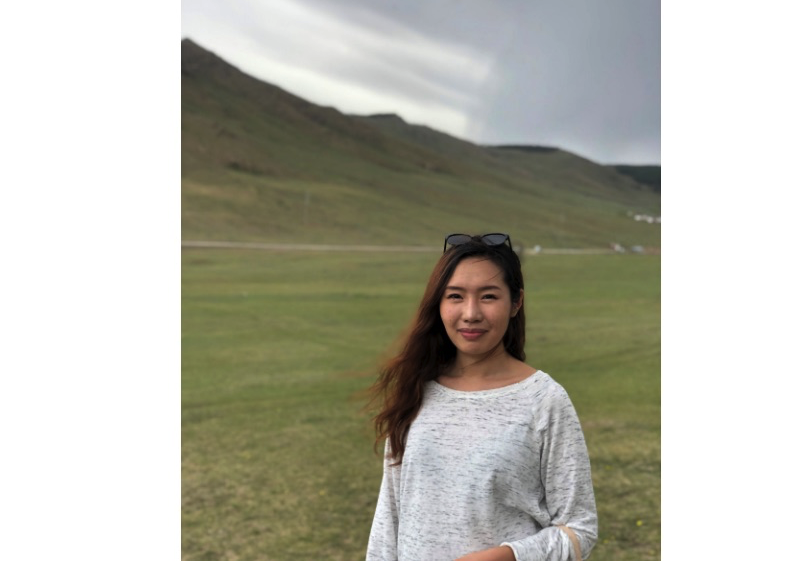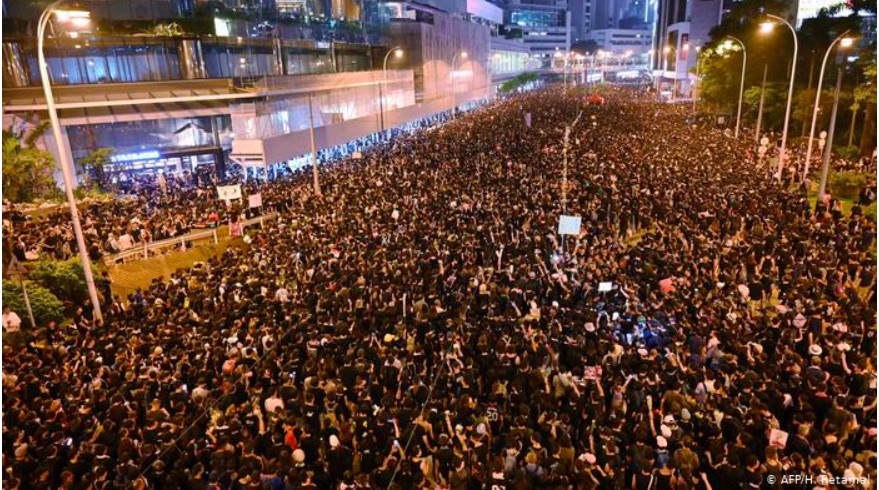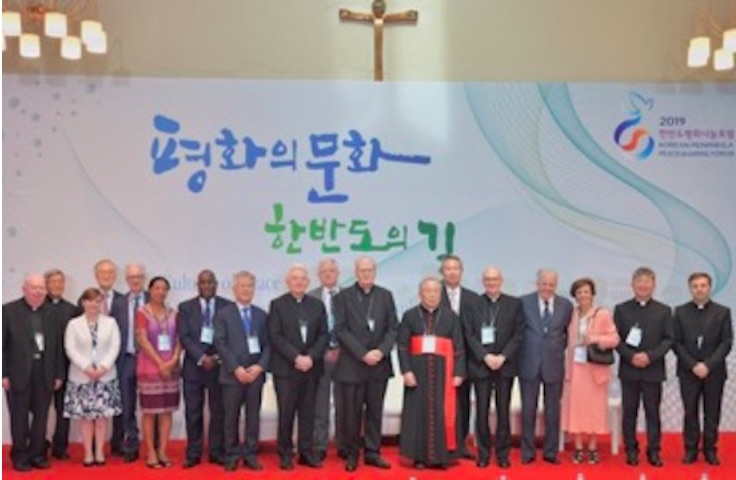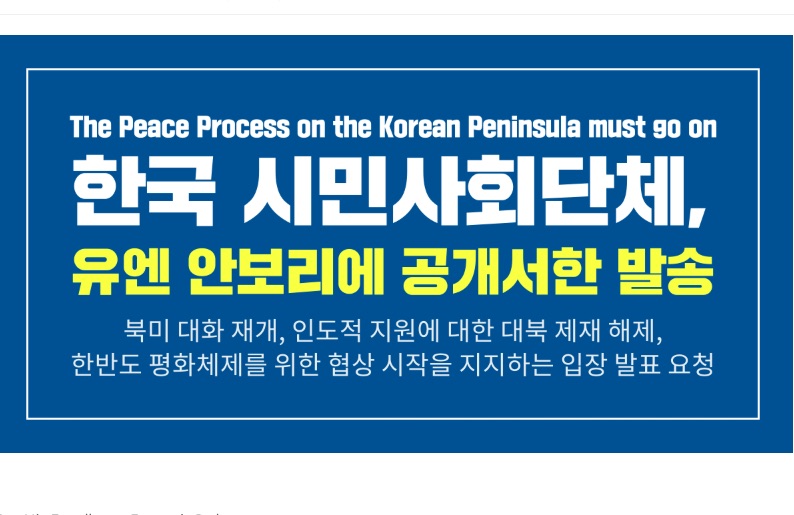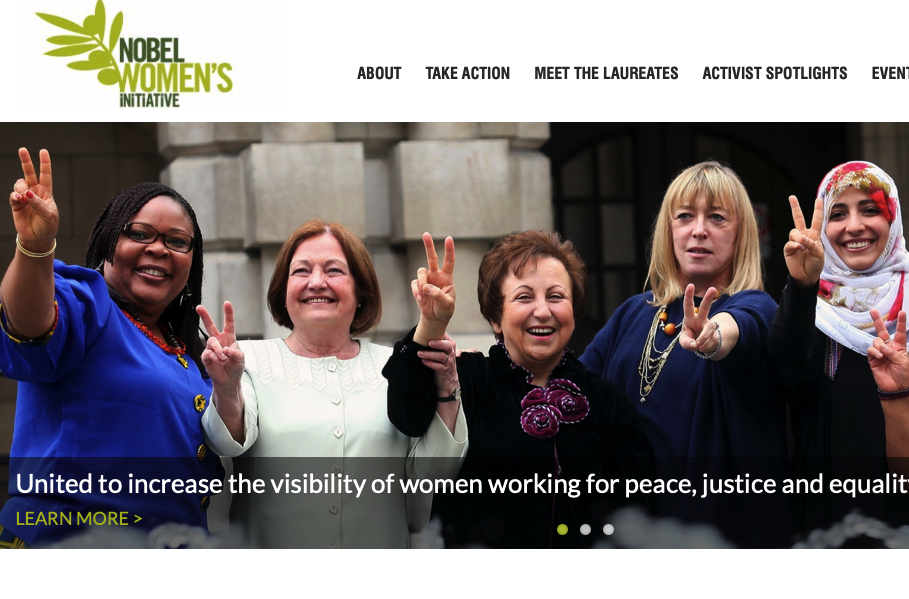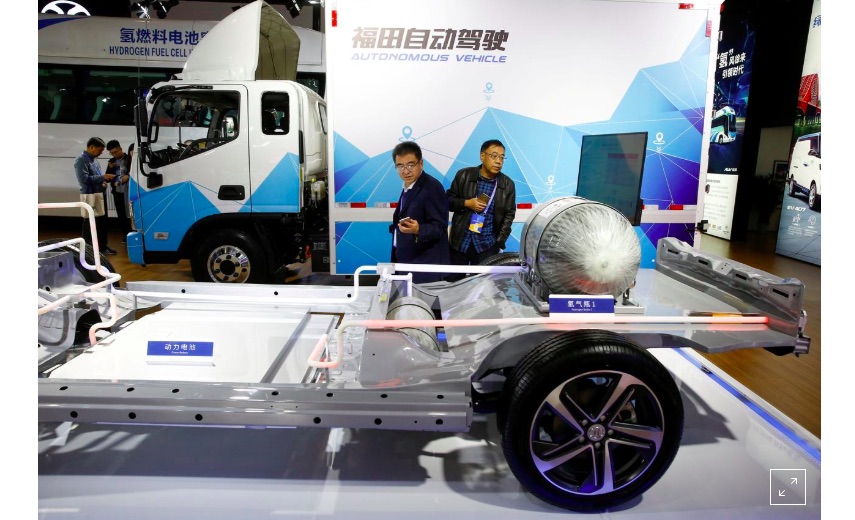FREE FLOW OF INFORMATION
A survey by CPNN
We have found 50 actions in 16 Asian and Pacific countries. They were listed in Google during the week of September 21-28 under the key words “International day of peace” and 国际和平日 (Chinese) as well as on the website of the event map for the International Day of Peace, the facebook page of the Global Feast and the facebook page of International Cities of Peace. No doubt there were many events listed on the Internet in languages other than those for which we searched.
In addition to these, there are about 125 actions listed on the maps of One Day One Choir and Montessori schools singing for peace, but there is no indication which took place this year and which took place only in previous years.
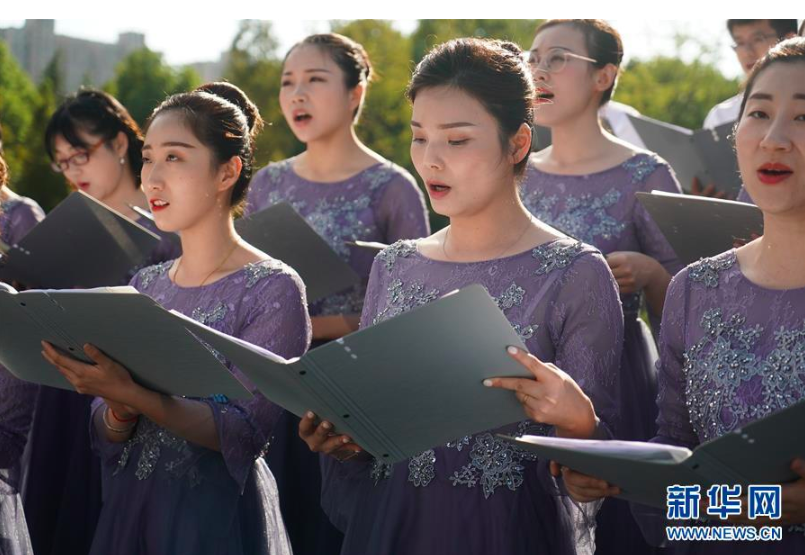
China continues each year to commemorate the massacre of Nanjing, saying “no more” to war.
Here are excerpts from articles about the actions:
AFGHANISTAN :
Afghanistan’s Civic Party plans to celebrate this day on the World Peace Day, which is one of the most urgent needs of dear Afghans with a martial arts competition with the participation of the National Martial Arts Federation and the participation of Pakistani and Iranian opponents under the name “Fighting to launch peace.”
ADELAIDE, SOUTH AUSTRALIA, AUSTRALIA :
On this International Day of Peace, hear from four leading international women’s organisations working for peace, justice, human rights, gender equality and women’s empowerment.
ASHBURY NSW, AUSTRALIA :
Celebrate peace in community in Peace Park, Ashbury on Saturday, September 21, the International Day of Peace on its 20th anniversary. At 12pm we will observe the international mid-day minute of silence together, and then enjoy a Feast for Peace, which are taking place across the world. Please bring nourishing food & drink to share.
FREMANTLE WA, AUSTRALIA :
Enjoy the stands and activities at our Partners for Peace Fair. View finalists’ artworks in the 2019 Yolande Frank Art Awards and cast your vote for the ‘We The Peoples…’ (People’s Choice) Award. Learn about creative community service by our youngsters in the Global Goals Challenge.
JESMOND NSW, AUSTRALIA :
A social-creative gathering led by Iraqi-Australian Artist Niz Jabour with newly arrived refugees and local community in Newcastle Australia
MALENY QLD AUSTRALIA :
Cygnet Centre for Peacebuilding and Transformation invites the community to come together on Saturday 21 September to honour International Peace Day. ‘Growing Peace,’ a two part arts based celebration will include an afternoon event with a Welcome to Country, a Corroboree by Gifted Murris Unit, collaborative arts activities, a talking circle focused around peace, inclusion, and reconciliation, and a closing ceremony featuring the creation of a ‘Peace Tree.’ The afternoon event will be followed by an evening concert of music from the heart of many faiths, The duo Kim Cunio and Heather Lee perform some of the oldest and most beautiful sacred music written, from Hildegard of Bingen to the Dead Sea Scrolls, early Christian chant to the fire of Sephardic song.
NELSON BAY, AUSTRALIA :
A vigil for peace will be held to mark our solidarity with the world-wide peace movement. We will discuss the development of actions in support of peace in Australia and Worldwide. Time 12.00 noon till 4.00 pm, Saturday 21 September 2019 at Apex Park, Nelson Bay.
PERTH, AUSTRALIA :
International Day of Peace Celebration hosted by United Nations Association of Australia WA Inc Sunday 22nd Sept 2019 at 2 PM – 4 PM Fremantle Town Hall, King’s Square, Fremantle, Western Australia 6160 Free Event. Perth Rotary Member Jurgen Baumhoff will be flying the Perth Rotary and the Rotary Path to Peace Project flags. Also our Perth Rotary Four Way speaking contest winner Emilia Gilmore has kindly agreed to join the UNAAWA Peace Day celebration and join the Youth Panel Building a Culture of Peace and she will do her presentation as done at our Club.
SOUTH AUSTRALIA, AUSTRALIA :
Roots & Shoots member schools in South Australia are offered free native seeds – courtesy of Blackwood Seeds – to make native seed balls in celebration of the UN International Day of Peace. The seeds will grow into trees which reduce global warning by removing carbon dioxide from the air, storing it in their trunks and soil, and releasing oxygen into the atmosphere.
SOUTHBANK VIC, AUSTRALIA :
Regardless of your belief, religion, race, background, political opinion, socioeconomic status, or … you are invited to attend this Hands for Peace event. The initial aim of the event is for the city of Melbourne to witness a diverse range of approaches in expressing the concept of Peace. In addition, to observe if and how the performances can engage people in holding hands to form a circle at 3:00 PM for a few moments. On this day, let us find together what we collectively think Peace feels like and taste a symbolic glimpse of it.
BANGLADESH :
Celebrating the International Day of Peace, GaanBangla television will organise a special concert tomorrow, at a hotel in the capital. Kailash Kher, Aditi Singh Sharma, and Kaushik Hossain Taposh, with renowned instrumentalists Sivamani, Sanjay Das and Arshad Khan, among others, will be performing at the concert. Sheena Chohan will host the event.
“With the theme, Music for Peace, GaanBangla TV has been taking initiatives under its banner, Wind of Change. This concert is an attempt to bring peace and overcome hatred through music,” said Taposh.
DHAKA, BANGLADESH :
The Department of Information Studies and Library management in association with East West University Library celebrated International Day of Peace 2019 with a series of program including “Community Feast” on 22 September 2019 at EWU faculty lounge. Students of East West Bidyaniketon were invited to join community feast. These allies believe that sharing food together fosters connection, cooperation as well as bring peace. Therefore, these allies arranged Community Feast with the theme of “Sharing Food, Bringing Peace” where participants bring a dish and share it with colleagues as well as students.
BATTAMBANG, CAMBODIA :
On this day students will join together to celebrate a Culture of Peace. We will start the day by planting a Peace Tree with religious leaders. At the campus of Preah Sihanouk Raja Buddhist University of Battambang youth will participate in different art workshops to express their vision for Peace. We will hold a minute of silence at 12.00 pm. Apart from art workshops students will have the opportunity to attend different workshops and watch movies. By the the end of the event we will gather to meditate all together
PHNOM PENH, CAMBODIA :
At ISPP the whole school from kindergarten to grade 12 together will write the lyrics of a song expressing our vision about peace. The school will be divided in 6 groups and each group will have 40 minutes to write about peace and humanity.
CHENGDU, CHINA :
9 Yue 21 is the International Day of Peace. On this cay the Chengdu Hi-tech Zone West Park Street 2 Hao Yuan carried out, “I have a contract with peace.” International Peace Day volunteers promoted activities in the community plaza with participation of more than 50 people. The event calls on the residents to love peace, protect peace, speak in a civilzed way, abide by the rules, create a peaceful and harmonious society, and eliminate actions that are not in conformity with peace.” Volunteers introduced the “ Peace and Love ” exhibition.
HAINAN, CHINA :
High School students and teachers of Maple Leaf International School – Hainan explore International Peace Day and complete a written reflection. They are introduced to the story of Sadako and the Thousand Paper Cranes, and learn how to make origami paper cranes. The celebration of learning will be done in the form of a school display.
HONGKONG, CHINA :
“The right to Peace, Peace to the Earth”
The Catholic Mission School has been strongly promoting the International Day of Peace for many years.
Prayer Meeting about world peace
Go to the Hong Kong Cathedral of the Immaculate Conception for a prayer about world peace.
Peace ambassador students will promote the message of peace to the kindergartens through storytelling and arts and crafts.
All students of our school will join various programs to acknowledge the importance of this day.
with heart-felt messages about peace.
Please pay attention to our facebook page about the International Day of Peace
HONGQIAO, SHANGHAI CHINA:
On September 20th, the Hongqiao Town Center Kindergarten launched the “Doll Painting Peace Blueprint” as their International Peace Day activity. They listened to a veteran and made drawings about peace. Activities such as this allow children to grow the seeds of peace from a young age, feel the hard-won happy life, and express good wishes for world peace.
NANJING, CHINA:
On September 21st, the “Zi Jincao” choir performed peace songs in the memorial hall of the victims of the Nanjing Massacre that occurred during the invasion of China.
AHMEDABAD, GUJARAT, INDIA :
YOUNG AND CURIOUS KIDS’ CLUB. An event celebrating International Day of Peace by urging children between 7 to 12 years of age to think about the various ways in which they may contribute to the global peace movement. They will also be engaged in creative writing.
BHUBANESWAR, ODISHA, INDIA :
Volunteers of National Oral Cancer Prevention Initiative in association with Kalinga Institute of Dental Sciences will meet and interact with public gathering and will sensitized them about the importance of their oral & systemic health and also their responsibilities in creation of peace in world.
BIJNI, ASSAM, INDIA :
Peace Rally, Oath taking by student, Tree plantation with Senior citizen, teachers, students and NCC cadets.
BHUBANESWAR, ODISHA, INDIA :
On the occasion of International Day of Peace, Society for Nature, Education and Health (SNEH) organized an event on September 21, at IDCOL Auditorium, Bhubaneswar. Sj. Jagannath Saraka, Honorable Minister, SC & ST Development, Sj. Haraprasad Das, eminent writer and columnist and Prof. Radhamohan, renowned environmentalist and former State Information Commissioner graced the occasion and spoke at length on the relevance of peace in modern human life as well as the environment. All the dignitaries gave emphasis on protection of the environment and the importance to meet the challenges of climate change for sustainable peace on earth. Unless we take action to mitigate the adverse impact of climate change, life on our planet would not be possible, agreed all the speakers.
(Survey continued in right column)
Question for this article
What has happened this year (2019) for the International Day of Peace?
(Survey continued from left column)
BHUJ, KUTCH, GUJARAT, INDIA :
On 21st September 2018 , Global Human Help & Harmony collaborated with Vrukshmitra Mandal and Kasturba Gandhi Balika Vidhyalaya to celebrate 1st International Peace Day in Bhuj , Kutch , Gujarat , India. A Peace March and Candle March were conducted along with Cultural Programs and a Musical Event. Religioius Leaders of different religions came onto the same stage to spread the message of peace
CHANDIGARH, INDIA :
As a member of International Cities of Peace, Chandigarh joined the Global Feast to celebrate the International Day of Peace.
CHHATTISGARH, INDIA :
Peace promotion and awareness through education and art.
GUWAHATI, ASSAM, INDIA :
We are planning the peace event with this agenda
Introduction of the event by Tinat Atifa Masood
1. One minute of silence at 12 noon
2. Short speech on Srimanta Sankardev by Krishna Kinkar Kaki
3. Meditation
4. Song on Peace by Chiranjita
HAILAKANDI DISTRICT, ASSAM, INDIA :
Schools and madrassas celebrated the International Day of Peace in Hailakandi district on Saturday. The celebration was held at Panchgram Town High School, Katlicherra Girls’ High School, GCRBM High School, Indramani Public High School, Rangauti Girls’ High School, 887 No.Ratakandi Algatilla LP SCT, JCHS School, GVM HS School and 745 No.Sashimohan LP School. Students recited poetry, sung peace songs as well as performed dances and skits. Special assembly, seminar, peace talk, oath taking, screen show and rallies were held. Students presented their views on the importance of maintaining peace and harmony in the society and laid stress on how each and everyone can play an important role in achieving it.
SAHIBZADA AJIT SINGH NAGAR, INDIA :
As a member of International Cities of Peace, Sahibzada Ajit Singh Nagar joined the Global Feast to celebrate the International Day of Peace.
BOGOR, WEST JAVA, INDONESIA :
As a part to celebrate and commemorate The International Peace Day 2019, we will hold a talkshow and music performance in Bogor, West Java, Indonesia. The talkshow, called “Peace-Talk”, will focus on how the youth generation can participate in building peace among their community and share peace messages across their social media in order to counter violent extremism, such as false news and online hate speech
TELUK TERIMA, NORTH BALI. INDONESIA :
Dance For Peace Festival is an electronic dance music festival dedicated to raising the awareness for peace, celebrating love, life, sharing and healing. Bringing people together to co-create a trans-formative experience through music, art and dance.
VIENTIANE, LAOS :
We celebrate the International Day with Peace. The children sing “Light a candle for Peace”. We also march and carry the flags of different countries, candles and white flowers. We wear white as we celebrate Peace day.
MARLBOROUGH COLLEGE MALAYSIA :
We are folding 1000 cranes for peace across the whole college community (one crane per student, teacher or administrator) – which will be displayed as an art installation.
NEPAL :
MasterPeace Nepal celebrated Peace Day 2019 with a program of children’s dance. Click on link for video.
KATHMANDU METROPOLITAN CITY, NEPAL :
In this event, children from different schools in Kathmandu will come together to take action and raise awareness on the theme of this year’s Day of Peace. Children will spread awareness on the need to take climate action: in their schools and in their communities.
POKHARA, NEPAL :
NVC Practise Group Nepal celebrated the Campaign Nonviolence with empathy tents, nvc seminars and peace rallies
AUCKLAND, NEW ZEALAND :
The Everyday Peace Initiative took part in the Campaign Nonviolence with
workshops, trainings and research.
FROEBEL’S INTERNATIONAL SCHOOL SOAN CAMPUS, GT ROAD, RAWALPINDI, PAKISTAN :
The International Day of Peace will start with the special morning assembly including prayers and meditation, then a march and art activity/ competition among student for the given theme of Climate Action for Peace. Later there will be debates and speeches . . . and a role play on cultural diversity and cultures…
HARAPPA SAHIWAL PUNJAB PAKISTAN :
Ravi Cultural Forum, Harappa, Sahiwal Pakistan is organizing Ravi Rung Peace Festival as a part of International Drum-Up for Peace, Project on September 21st, 2019 (United Nations International Day of Peace).
JHANGA, PAKISTAN :
Jhanga, Pakistan took part in the Campaign Nonviolence September 14-22, 2019
QUETTA, PAKISTAN :
The Youth Association for Development took part in the Campaign Nonviolence September 14-22, 2019
BASILAN, PHILIPPINES :
SMILE for PEACE Mission, in conjunction with UN International Day of Peace, is a tree planting activity and feeding program for the children of Hadji Maulana Primary School located in Upper Caro, Kapayawan, Isabela City, Basilan.
MANILA, PHILIPPINES :
The Peace-IPPNW Commission of the UP Medical Students for Social Responsibility presents Himig: an open mic event, with the theme of “Peace and Human Rights”. Through this open mic, participants are given the opportunity to exercise their right to freedom of opinion and expression. Through poetry, prose and music, we aim to foster a sense of unity and to strengthen and instill in our participants a yearning for peace in all its levels
MANILA, PHILIPPINES :
Miriam College Center for Peace Education held events from Sept 16- 23, including a presentation on the climate crisis and nuclear weapons
MANILA, PHILIPPINES :
“May peace prevail on earth!” On the occasion of the UN International Day of Peace and to celebrate the 13th International Lasallian Days for Peace, peace advocates from different faiths and organizations, students and educators gathered to hold a Peace Pole Dedication Ceremony at the De La Salle University Medical Health Sciences Institute, in Dasmarinas Cavite, Philippines. The Peace Pole Dedication Ceremony started with interfaith peace prayers, heralded by Hon. Emerita Garon, WCCI International Trustee, ringing a Tibetan bell to usher in the ceremony. Reverend Fr. Dominic Lee read a Christian prayer in Mandarin while Venerable Miao Jing Shih of the Fo Guang Shan Mabuhay Temple intoned the Buddhist Mantra for Peace. The Prayer for Sincere Effort and Commitment to Interreligious dialogue was led by Sr. Maria Malau, NDS of the CBCP Episcopal Commission on Interreligious Dialogue in Bahasa Indonesia, while Ma. Ofelia Cantor of the Bishops Ecumenical Forum/Philippine Ecumenical Peace Platform prayed for the resumption and success of peace talks between the Philippine government and the National Democratic Front of the Philippines in the Ibanag dialect..
ZAMBASULTA, PHILIPPINES :
The Office of the Youth Commissioner in partnership and collaboration with @Riwaya @Philippine Alliance of Human Rights Advocates -Pahra Wesmin Basulta and Jihad Al Akbar Foundation will provide an online platform via social media for Muslim young Filipinos to showcase literary and arts that they have created as entry to the IYD 2019 to fight climate change and to promote peace.
SINGAPORE :
The Labour of Love Community Music Event will feature songs accompanied by live music, prose and poetry readings and videos that speak to our common humanity and the theme of peace/peace and climate action . There will also be an open-mic music session.
GWANGJU, SOUTH KOREA :
The 2019 Global Common Society International (GCS) International Convention took place on September 21, 2019 at Chosun University in Gwangju, Korea, celebrating the 40th anniversary of the founding of the GCS International and the 38th U.N. International Day of Peace. Approximately 1,500 people from about 20 countries attended. GCS International President Choue made a keynote speech, followed by presentations by Prof. Luc Reychler of Leuven University in Belgium. After that, there was a ceremony to inaugurate the GCS Global Peace Corps, followed by a 15-minute joint taekwondo demonstration by about 1,000 members of the GCS Global Taekwondo Peace Corps Korea. In the afternoon, the 2019 GCS Peace Concert took place at the Haeoreum Center.
SEOUL, SOUTH KOREA :
Kunihiko Terasawa, Wartburg College associate professor of religion, recently presented at the United Nations International Day of Peace in Goyang, South Korea. His presentation, “Interreligious Dialogue for Peace,” was one of several made by the peace keepers in attendance. The International Day of Peace was established in 1981 by the General Assembly of the United Nations. The event was hosted by the Korean Organizing Committee for UN International Day of Peace (KOCUNIDP), which promotes peace campaigns in Korea.
“I presented because the political relationship between Japan and Korea is at its worst now, and nationalistic populism has dominated in Japan, South Korea, North Korea and China.” Terasawa said. “In order to overcome resentment of nationalist populism, it is important that universal religions, such as Buddhism and Christianity, work together. . . . Religion often divides us, but it can also unite us if we go beyond selfish denominational egotism,” . . . “That is why interreligious dialogue and cooperation is critically important, especially with our youth and our students in the Pacific Rim, including the U.S.”
KYUNG HEE UNIVERSITY, SEOUL, SOUTH KOREA :
On September 19th, Co-Chair Ban Ki-moon gave a keynote speech at International Day of Peace Commemorative Roundtable. This event was held as a part of the annual Peace BAR Festival a forum on the topic ‘The Future Unhinged: Climate Justice for All,’ and was hosted by Kyung Hee University from September 16th to 19th.“In order for individuals and communities to escape the existential threats of climate change, we must act now.” – Ban Ki-moon At the Roundtable, BKMC Board member Irina Bokova who is also former Director-General of UNESCO and an Honorary Rector of Humanities College at Kyung Hee University featured as a moderator. Club of Rome member Ian Dunlop, Professor Peter Wadhams of Cambridge University and Chancellor of Kyung Hee University System Inwon Choue attended as panelists to address global climate change crisis.
COLOMBO, SRI LANKA :
On the International Day of Peace, +Peace, Pathfinders for Peaceful, Just and Inclusive Societies, and Impact:Peace launched the Peace in Our Cities Campaign, with 11 mayors and local officials representing over 15.8 million people from Colombo, Sri Lanka; Nairobi Municipality, Kenya; Cali, Colombia; Guadalajara, Mexico; Tripoli, Lebanon; Bangui, Central African Republic; Durban, South Africa; Escobedo, Mexico; Kumanovo, Macedonia; Kibera County, Nairobi, Kenya; and Chaguanas, Trinidad and Tobago, pledging to work towards halving violence in their cities by 2030. The campaign calls on mayors, local authorities, civil society, the private sector, and other partners to sign the pledge and join the growing movement to transform global violence.
